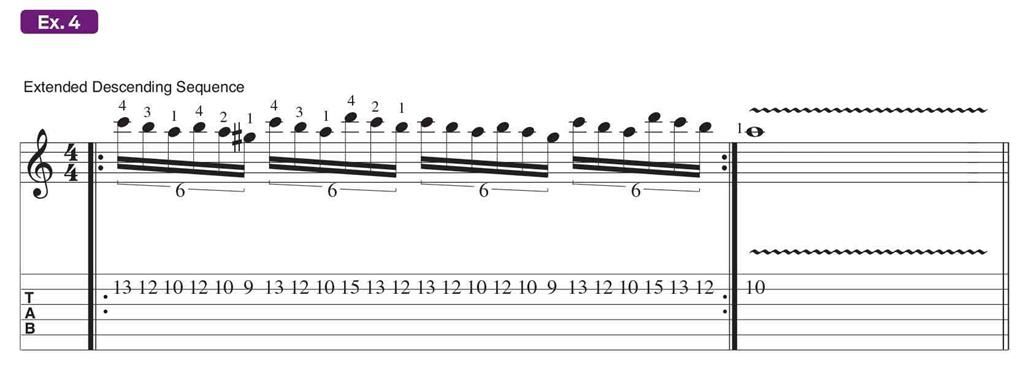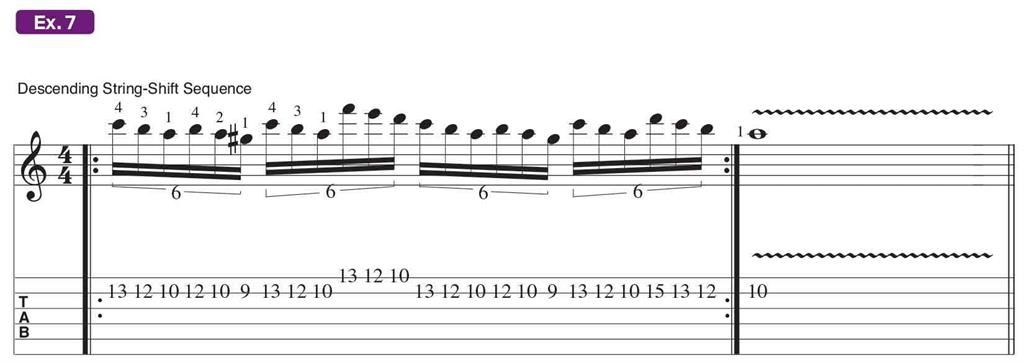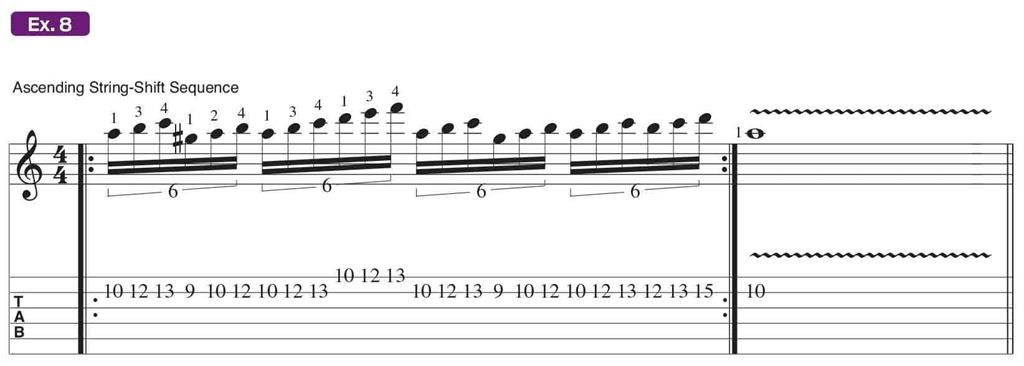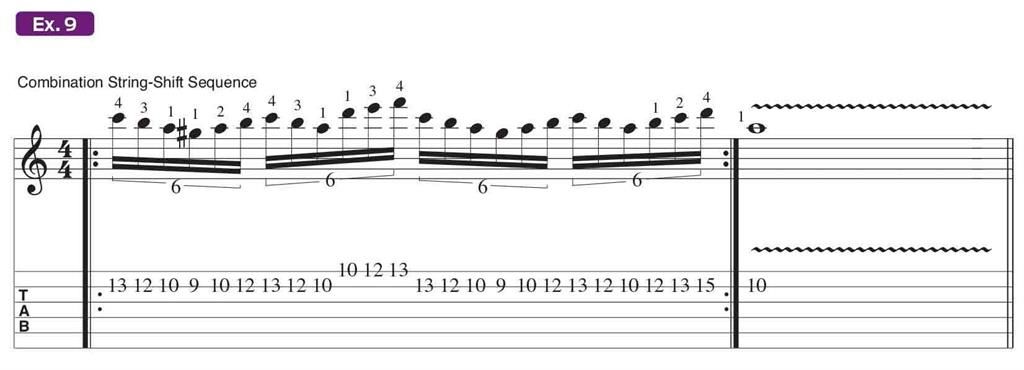Sharpen Your Shred Skills Using This Straightforward Yngwie Malmsteen-Inspired Lesson
Steadily build up speed and accuracy using alternate picking and quick position shifts

In many ways, Yngwie Malmsteen set the bar by which shred guitarists measure themselves.
Whether it’s his command of exotic scales, extended scale runs, alternate picked phrases, or blinding sweep-picked arpeggios, Malmsteen’s Swedish shred magic is worthy of study for any guitarist interested in improving their speed and technique.
This lesson will investigate an area of Malmsteen’s fretboard mastery involving the use of quick position shifts and sudden movements along the strings.
These shifting ideas and licks allow Malmsteen to move between positions with ease and change the direction of a lick or phrase in an instant. These shifts will help you create plenty of new licks and phrases and will sharpen several areas of your playing, including your overall speed, fingering agility, dexterity and alternate-picking technique.
Example 1 features a tricky descending A harmonic minor sequence that will be the basis for this entire lesson.
As you play through this example, be sure that you follow the fingering pattern closely and use strict alternate picking throughout.

The next example is a reversed version of this idea, and as you play through Example 2, notice that the reversal creates an entirely new challenge for the fretting hand.
All the latest guitar news, interviews, lessons, reviews, deals and more, direct to your inbox!
This ascending sequence of notes incorporates several fingering shifts that can be tricky at first, so be sure to give yourself time getting used to them, and – as before – be sure to follow the fingering closely.

Example 3 features a mixture of these two ideas, and it delivers an authentic Yngwie scale sequence as these descending and ascending concepts are combined.

Now that you have a feel for shifting between two positions of A harmonic minor, let’s extend this idea by shifting to a third position using a descending sequence of notes.
As you can see and hear in Example 4, the inclusion of the higher position opens the sound of this phrase, and will help you create a wide range of interesting licks.

Example 5 reverses this idea, this time focusing on an ascending sequence of the same scale.
Be sure to start slowly until you have the fingering and movements under control, and then you can start to ratchet it up toward Yngwie-approved speeds.

Now let’s try using these sequences together. Example 6 brings an interesting combination of movement to this exercise.
This idea will give your fretting hand a real workout and might feel a little strange when you attempt the fingering movements for the first time.
Once you have the basic feel for the process, you can inch the tempo up a few BPM each week until you are blazing through it with ease.

The next area we’ll develop will focus on Malmsteen’s string-shifting ability, and Example 7 features a great introduction to performing string shifts.
Begin with the descending version of this exercise as you build your ability moving between positions and shifting between the B and high E strings.

Now that you have the descending lick under your fingers, try the ascending version of this exercise in Example 8.

The final example in this lesson, Example 9, is the most challenging, and features a combination of string shifting and ascending and descending sequences.
Be sure to follow the fingerings carefully and accurately. This is the best way to navigate some of the awkward shifts that it contains.

